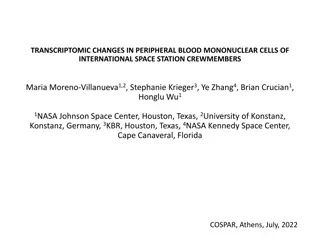All Aboard: Parent's Crew Introduction
This guide provides important information for parents of crew members, including schedules, logistics, group chats, and certifications needed. Stay informed about practices, regattas, and transportation details to support your athlete's crew journey effectively.
Download Presentation

Please find below an Image/Link to download the presentation.
The content on the website is provided AS IS for your information and personal use only. It may not be sold, licensed, or shared on other websites without obtaining consent from the author.If you encounter any issues during the download, it is possible that the publisher has removed the file from their server.
You are allowed to download the files provided on this website for personal or commercial use, subject to the condition that they are used lawfully. All files are the property of their respective owners.
The content on the website is provided AS IS for your information and personal use only. It may not be sold, licensed, or shared on other websites without obtaining consent from the author.
E N D
Presentation Transcript
In the condition known as hiatus (or hiatal) hernia, the opening in the diaphragm through which the esophagus passes becomes enlarged, and part of the upper stomach tends to move up into the lower portion of the thorax.
RISK FACTOR weakened gastro-oesophageal diaphragmatic anchors, shortening of the oesophagus increased intra-abdominal pressure
TYPES OF HIATAL HERNIAS sliding hernia Sliding, or type I, hiatal hernia occurs when the upper stomach and the gastroesophageal junction are displaced upward and slide in and out of the thorax About 90% of patients with esophageal hiatal hernia have a sliding hernia.
Gastroesophageal junction Esophagus Herniated portion of stomach Diaphragm
paraesophageal hernia occurs when all or part of the stomach pushes through the diaphragm beside the esophagus A paraoesophageal hernia can become incarcerated (constricted) and strangulate, impairing blood flow to the herniated tissue. People with paraoesophageal hernia may develop gastritis or chronic or acute gastrointestinal bleeding.
Esophagus Herniated portion of stomach Gastroesophageal junction
MANIFESTATIONS HIATAL HERNIA Reflux, heartburn Feeling of fullness Substernal chest pain Dysphagia Occult bleeding Belching, indigestion
ASSESSMENT AND DIAGNOSTIC FINDINGS Diagnosis is confirmed by x-ray studies, barium swallow, And fluoroscopy.
MANAGEMENT Management for a hiatal hernia includes frequent, small feedings that can pass easily through the esophagus. The patient is advised not to recline for 1 hour after eating, to prevent reflux or movement of the hernia, and to elevate the head of the bed on 4- to 8-inch (10- to 20-cm) blocks to prevent the hernia from sliding upward.
If medical management is unsuccessful, surgical intervention may be necessary. Surgical management involves a Nissen fundoplication (wrapping of a portion of the gastric fundus around the sphincter area of the esophagus). A Nissen fundoplication can be performed by the open method or by laparoscopy

 undefined
undefined


























